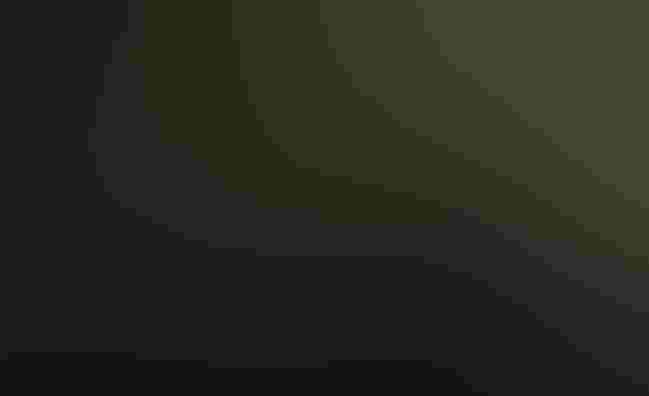
Respect for birds and their habitats must come before getting that perfect shot. Here's how to be a responsible bird photographer.
Do no harm. Here you’ll find all of our latest guidelines and expert tips to help you ensure that capturing the perfect photograph doesn’t come at the expense of your subject.

Respect for birds and their habitats must come before getting that perfect shot. Here's how to be a responsible bird photographer.
How To Become a Better Bird Photographer: Advice From Audubon Photo Award Winners
Let us send you the latest in bird and conservation news.
